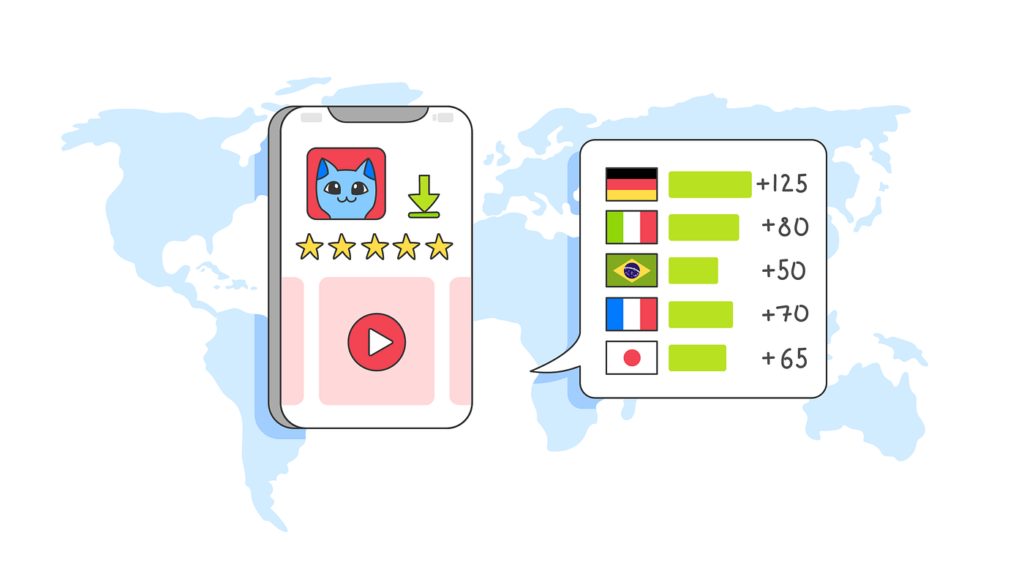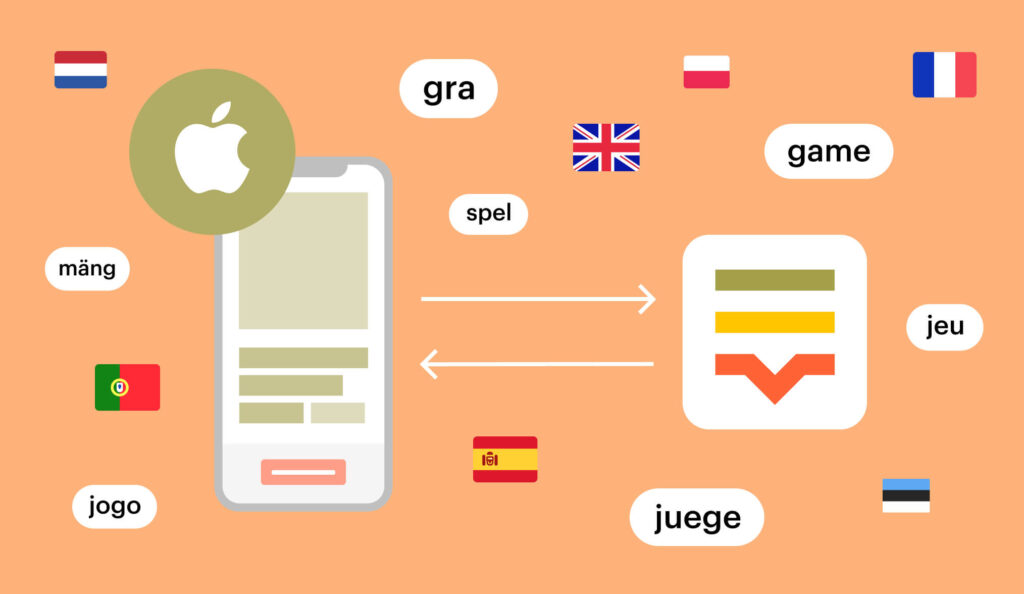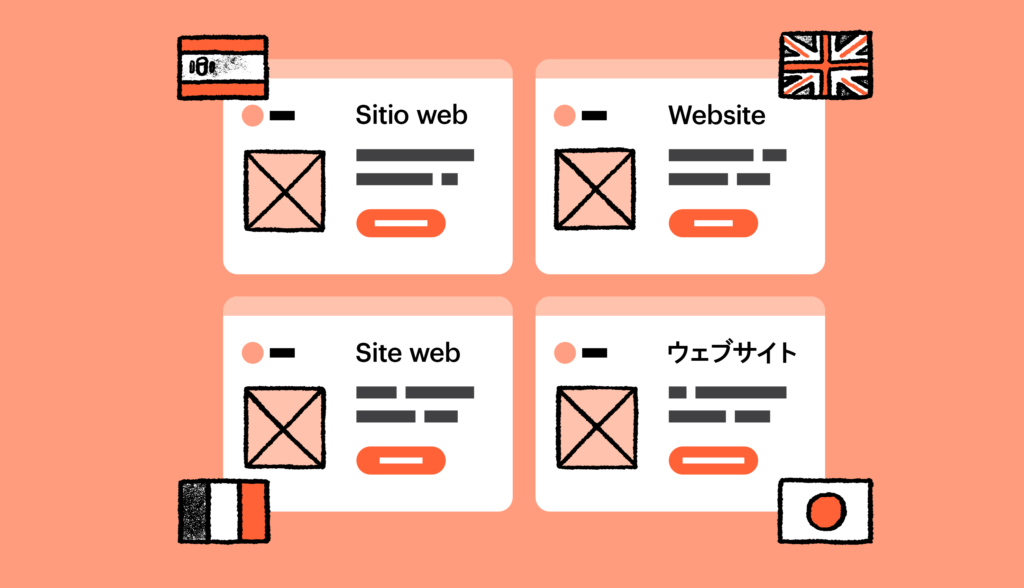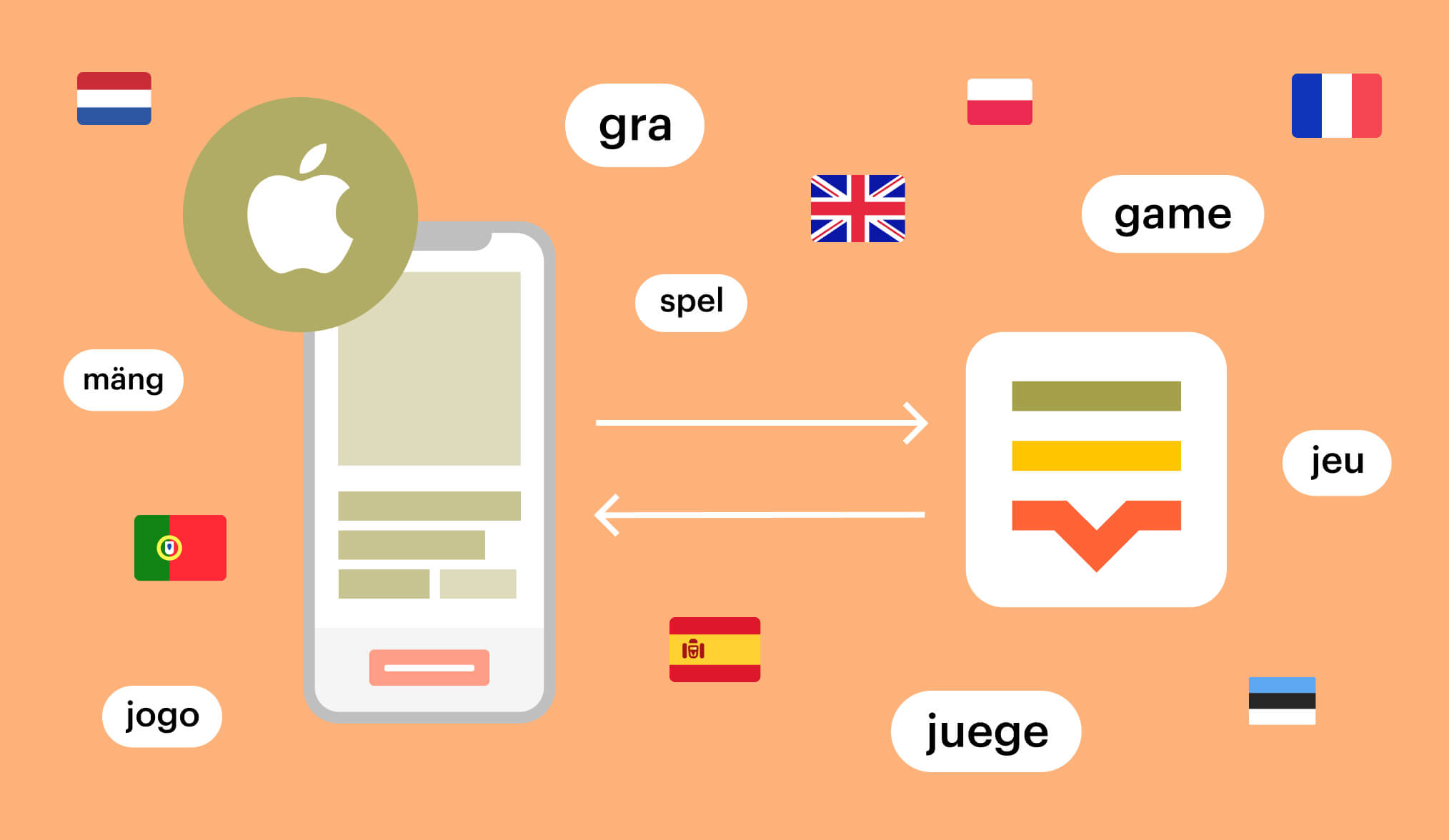As one of the fastest-growing economies in Southeast Asia, Vietnam offers immense opportunities for businesses looking to expand their reach and connect with a new audience. With a population of over 97 million people, the Vietnamese market presents a vast potential customer base for businesses that want to grow their presence in the region. To effectively reach and engage with this audience, businesses must consider adding a Vietnamese localization feature to their website.
Localization is the process of adapting content and services to a specific language, culture, and market. By adding a Vietnamese localization feature to your website, businesses can provide a personalized and engaging user experience that resonates with their target audience. In this post, we will explore the benefits of adding a Vietnamese localization feature to your website and share best practices for creating an effective localization strategy.
We will discuss the importance of understanding the Vietnamese market, including cultural nuances and preferences, as well as the technical aspects of adding a localization feature to your website. We will also provide actionable tips for creating localized content, optimizing your website for local search engines, and conducting user testing to ensure a seamless user experience.
By adding a Vietnamese localization feature to your website, businesses can improve their visibility, reach a wider audience, and establish a stronger presence in the region. With the right strategies and tactics, businesses can effectively engage with the Vietnamese market and achieve their growth objectives.

Benefits of Localization:
Localization is a powerful tool that businesses can use to connect with their audience in different markets. The process involves adapting content and language to a specific region or market. Adding a Vietnamese localization feature to your website can provide several benefits, including improving user experience, increasing customer loyalty, and driving conversions. By providing content in the local language, businesses can improve engagement and build trust with their audience. A localized website shows customers that the business values their needs and is invested in providing a personalized experience. This can lead to increased customer satisfaction and loyalty.
Understanding the Vietnamese Market:
To create an effective localization strategy, businesses need to have a deep understanding of the Vietnamese market. Vietnamese is the official language of Vietnam, and it has its unique dialects and variations. Therefore, it is essential to consider the regional differences in language and culture when localizing a website. Understanding the cultural norms, preferences, and behaviors of the target audience can help businesses create content that resonates with them. For instance, Vietnamese consumers appreciate simplicity and straightforwardness, and they prefer visuals to text-heavy content. By understanding these preferences, businesses can create a website that meets the needs of their Vietnamese audience.

Best Practices for Localization:
To create an effective localization strategy, businesses should follow best practices that include using native speakers to translate content, adapting content to local preferences, and using local SEO strategies to improve visibility in search results. Native speakers can ensure that the translation is accurate and culturally appropriate. They can also help businesses identify any nuances in the language and avoid any unintentional mistakes that could harm the business’s reputation. Adapting content to local preferences includes using culturally relevant visuals, tone, and humor. Additionally, businesses should ensure that the website is fully functional in the local language, including the checkout process and customer support. This can help create a seamless experience for the customer and improve customer satisfaction.
Tools for Localization:
Several tools are available to help businesses localize their website. Translation management systems, such as WPML or Polylang, can help businesses manage translations and automate the localization process. These tools can save businesses time and ensure consistency in translations. Additionally, businesses can use local keyword research tools, such as Google AdWords or SEMrush, to identify relevant keywords and improve their visibility in local search results. These tools can help businesses understand what Vietnamese customers are searching for and tailor their website content accordingly. By using these tools, businesses can create a website that is optimized for the Vietnamese market and provides a personalized experience for their audience.

In conclusion, adding a Vietnamese localization feature to your website can provide several benefits for businesses looking to expand their reach in Vietnam. By understanding the Vietnamese market, following best practices for localization, and using the right tools, businesses can create an effective localization strategy that resonates with their target audience:
- Localization can improve user experience, increase customer loyalty, and drive conversions
- Understanding the Vietnamese market is critical to creating an effective localization strategy
- Best practices for localization include using native speakers to translate content, adapting content to local preferences, and using local SEO strategies
- Tools such as translation management systems and local keyword research tools can help businesses localize their website
- Adding a Vietnamese localization feature can help businesses expand their reach in Vietnam and improve engagement with their audience
Contact us today to learn how we can help you create an effective localization strategy for your business and expand your reach in Vietnam.





